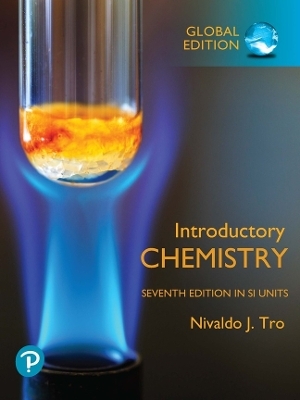
Radioisotope Gauges for Industrial Process Measurements
John Wiley & Sons Ltd (Hersteller)
978-0-470-02109-5 (ISBN)
- Keine Verlagsinformationen verfügbar
- Artikel merken
Offering a comprehensive coverage of engineering applications, this book is an essential tool for electrical, electronic and instrument engineers in the oil and chemicals processing sectors. It is also a valuable reference to graduate students and physicists involved in nuclear radiation measurement, medical applications, radiochemical research, environmental monitoring and chemical engineering.
Geir Anton Johansen is the author of Radioisotope Gauges for Industrial Process Measurements, published by Wiley. Peter Jackson is the author of Radioisotope Gauges for Industrial Process Measurements, published by Wiley.
Preface. Symbols, Units and Abbreviations. 1. Introduction. 1.1 Ionising Radiation. 1.2 Industrial Nucleonic Measurement Systems. 1.3 Historical Perspective. 1.4 The Objective of this Book. 2. Radiation Sources. 2.1 A Primer on Atomic and Nuclear Physics Emissions. 2.2 Radioisotope Sources. 2.3 Other Radiation Sources. 2.4 Sealed Radioisotope Sources versus X-ray Tubes. 3. Interaction of Ionising Radiation with Matter. 3.1 Charged Particle Interactions. 3.2 Attenuation of Ionising Photons. 3.3 The Attenuation Coefficient of Ionising Photons. 3.4 Attenuation Coefficients of Compounds and Mixtures. 3.5 Broad Beam Attenuation. 3.6 Neutron Interactions. 3.7 Effective Atomic Number. 3.8 Secondary Electrons. 4. Radiation Detectors. 4.1 Principle of Operation. 4.2 Detector Response and Spectrum Interpretation. 4.3 Purposes and Properties of Detector Systems. 4.4 Gaseous Detectors. 4.5 Semiconductor Detectors. 4.6 Scintillation Detectors. 4.7 Position Sensitive Detectors. 4.8 Thermoelectric Coolers. 4.9 Stopping Efficiency and Radiation Windows. 4.10 Neutron Detectors. 5. Radiation Measurement. 5.1 Read-Out Electronics. 5.2 Data Processing Electronics and Methods. 5.3 Measurement Accuracy. 5.4 Optimising Measurement Conditions. 5.5 Measurement Modalities. 6. Safety, Standards and Calibration. 6.1 Classification of Industrial Radioisotope Gauges. 6.2 Radiological Protection. 6.3 Radiation Monitors and Survey Meters. 6.4 Radiological Protection Methods. 6.5 Transport of Radioactive Materials. 6.6 Leakage Testing of Sealed Sources. 6.7 Statutory Requirements. 6.8 Calibration and Traceability. 7. Applications. 7.1 Density Measurement. 7.2 Component Fraction Measurements. 7.3 Level and Interface. 7.4 Thickness Measurements. 7.5 Flow Measurement Techniques. 7.6 Elemental Analysis. 7.7 Imaging. 8. Engineering. 8.1 Electronic Data. 8.2 Rationale for Using Radioisotope Sources. 8.3 Density Gauge Design. 8.4 Dual Energy Density Gauge. 8.5 Monte Carlo Simulation. Appendix A: Data. Appendix B: Formulae Derivation and Examples. Appendix C: References. Index.
| Erscheint lt. Verlag | 28.1.2005 |
|---|---|
| Verlagsort | Chichester |
| Sprache | englisch |
| Maße | 178 x 251 mm |
| Gewicht | 782 g |
| Themenwelt | Naturwissenschaften ► Chemie |
| Technik ► Elektrotechnik / Energietechnik | |
| Technik ► Maschinenbau | |
| ISBN-10 | 0-470-02109-8 / 0470021098 |
| ISBN-13 | 978-0-470-02109-5 / 9780470021095 |
| Zustand | Neuware |
| Haben Sie eine Frage zum Produkt? |
aus dem Bereich

